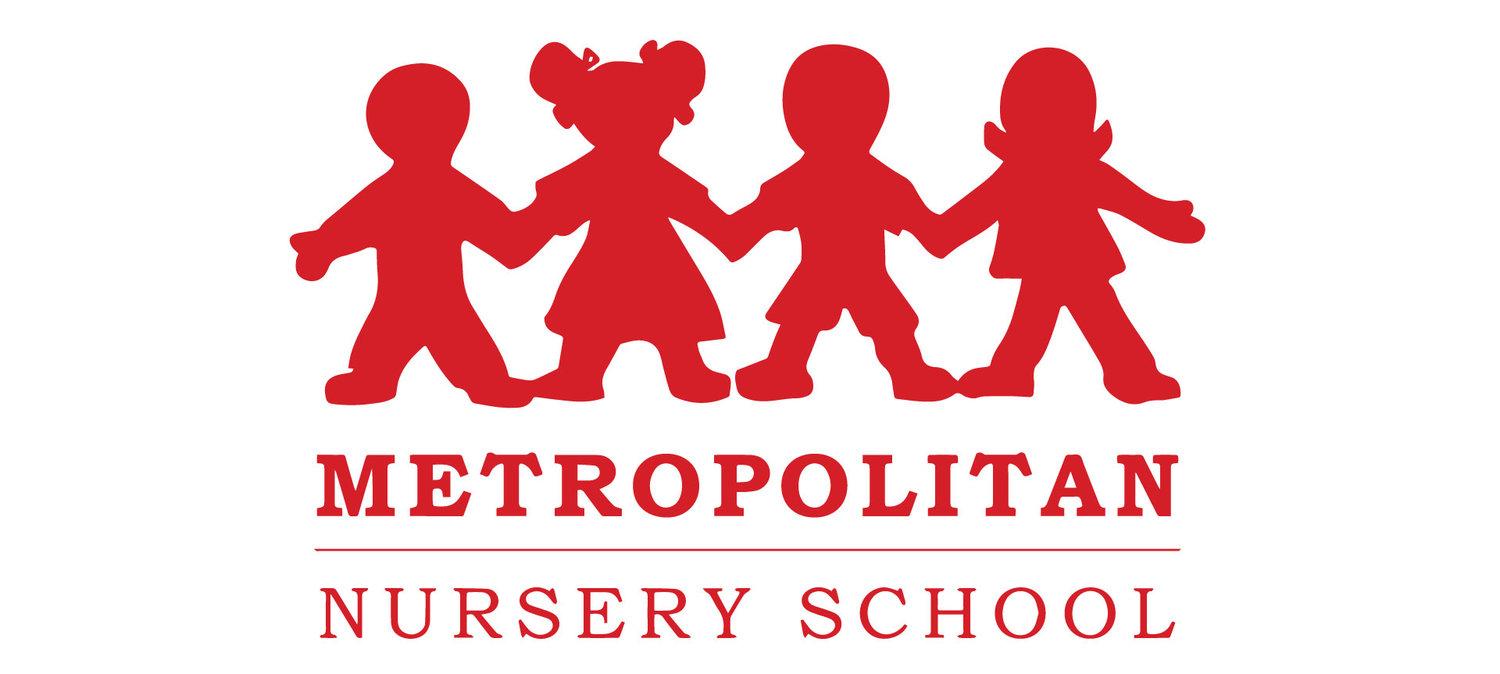Today a parent dropped by my office to ask if I had any suggestions for how to talk to children about all the opportunities for giving and sharing to those less fortunate in the weeks ahead. From food donations for homeless ministries for Thanksgiving to the Angel Tree project that will collect Christmas presents for many D.C. families—there are lots of opportunities to get your children involved in giving. Talking to your children about why we need to do these things is a great time to touch on many values we hope our children will learn.
Some of us give because we believe in justice, grace, duty to others, social responsibility, or equity. We give to others because one of these values guides us to do so. Even if we have little to give, if we believe in kindness and sharing or taking care of others as a way of showing that kindness, then we find a way to do those things even when it’s hard. Take a moment to think about why you are choosing to put your name down on the sign up sheet, or why you are bringing in canned goods or donating your time. Once you know why you are doing it, it becomes easier to explain and teach that value to your children.
Identifying the value also makes it easier to talk about the people we are helping. Children notice differences, an integral part of preschool brain development is categorizations and grouping things by shared traits. Preschool children notice differences between people, and often point them out, sometimes to our own embarrassment. Doing this is a natural part of brain development, and makes conversations about differences even more meaningful to children at this age. I encourage you to consider your values before talking about our differences, because it helps guide the conversation on the differences between people. You can almost always follow this simple formula: point out the difference, define your family value, and explain how you can “act” in accordance with that value towards the different group. In the case of the Angel Tree, in my family we value kindness, and we show kindness by being helpful to others. So if I were describing the purpose of donating to the Angel Tree I would say to my children, “Some people do not have enough money to buy presents for Christmas. In our family we are kind and helpful to others. We are going to be helpful and show them kindness by buying some presents for them.” In this way, the conversation acknowledges the difference, but places the importance on the value you want your child to learn. As you get more comfortable with this formula and with talking about your family values you will find conversations with your children about differences between people are easier, because you can be guided in that conversation by the values you hold dear. Here are a few examples: “Some people don’t look like your mommy and daddy. In our family we are kind and helpful and we treat all people the same way regardless of how they look.” “Everybody is learning as they grow. Some people have to work harder on things you might find easy. In our family we are kind and helpful, and if we see someone working hard to learn something, we try to help them if we can.”
For those of you that don’t know, in addition to my Mary Poppins fascination, I am also a die-hard Mr. Rogers enthusiast. I just read an article written by Tom Junod, the journalist who wrote the article the upcoming Mr. Rogers movie was inspired by, and he keeps coming back to one thing: Mr. Rogers lived by a set of principles and beliefs and he was immovable in those principles. We learn which principles and values are important to us as we grow. As adults, once we know what those principles are, it becomes clearer how we share them with our children. We follow Mr. Rogers’ advice and remember: “You were a child once too.” Remember the reasons those values became important to you, the stories that helped form those values for you as you grew and then share those stories and values with your children.

